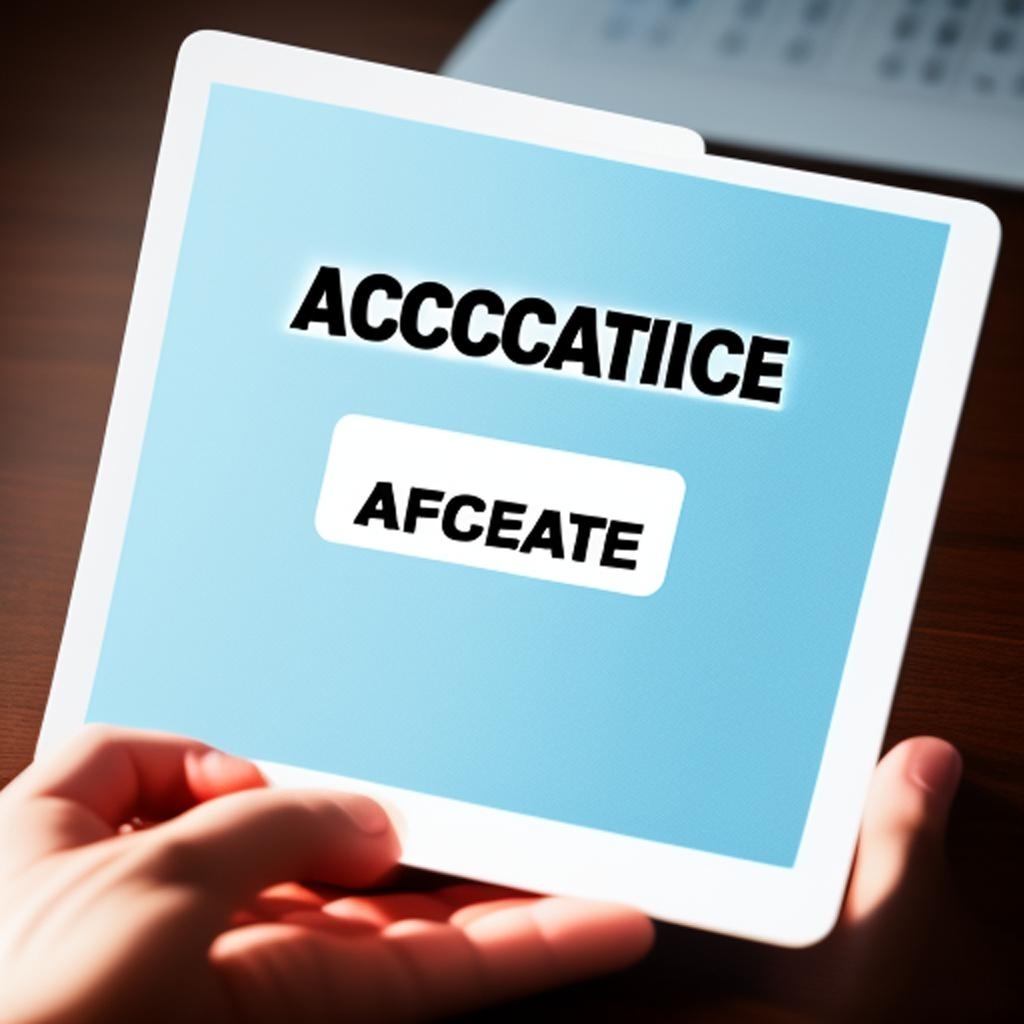Navigating the Narrow Gate: Understanding MIT’s Acceptance Rate for 2024
The halls of the Massachusetts Institute of Technology (MIT) have echoed with the footsteps of some of the most brilliant minds in history. Gaining admission to this prestigious institution, however, has always been a daunting feat. For aspiring students applying for the Class of 2024, understanding the acceptance rate and navigating the admissions process is crucial.
The Numbers Game:
- Overall Acceptance Rate: In 2023, MIT received a record 26,914 applications for the Class of 2027, accepting only 1,291 students. This translates to a 4.8% acceptance rate, a slight increase from previous years.
- Early Action vs. Regular Action: The competition is even fiercer in the Early Action pool. In 2023, only 685 students were accepted out of 11,924 applicants, leading to a 5.7% acceptance rate. This means that applying Early Action can slightly improve your chances, but only by a small margin.
Beyond the Numbers:
While the acceptance rate paints a picture of exclusivity, it’s important to remember that admissions at MIT are holistic. This means they consider more than just test scores and grades. Demonstrated passion, extracurricular involvement, strong essays, and a genuine fit with MIT’s academic culture all play a crucial role.
A Glimpse into the Accepted Class:
- Academic Standouts: The admitted class typically boasts impressive test scores, with the middle 50% for SAT Math ranging from 780 to 800 and ACT Math falling between 35 and 36. However, high scores alone are not a guarantee of admission.
- Diversity and Global Reach: MIT strives to foster a diverse community, welcoming students from various backgrounds and nationalities. In 2023, 120 international students were admitted, highlighting the institute’s global appeal.
Frequently Asked Questions:
1. Does the acceptance rate for certain majors differ? Yes, while the overall acceptance rate offers a general picture, certain programs within MIT (like Computer Science) might have slightly lower acceptance rates due to higher demand.
2. Does applying Early Action increase my chances significantly? While statistically there’s a slightly higher chance, the decision remains holistic, so a strong application is key regardless of Early Action or Regular Action.
3. What are some tips for boosting my application? Focus on demonstrating your passion for your chosen field, showcase your leadership and teamwork skills, and craft compelling essays that highlight your unique perspective.
4. Does receiving financial aid affect my chances? No, MIT is need-blind in its admissions process, meaning your financial need does not influence your admission decision.
5. What are my chances if my test scores are not in the middle 50% range? Don’t get discouraged! While strong scores can be helpful, demonstrate excellence in other areas like essays, extracurriculars, and academic projects to stand out.
6. Are there alternative pathways to MIT besides traditional admission? Yes, various programs like Early Assurance and transfer opportunities exist for exceptional students from diverse backgrounds.
In conclusion, gaining admission to MIT is challenging, but not impossible. By understanding the acceptance rate, focusing on your holistic application, and demonstrating your unique potential, you can pave your way towards the vibrant academic community at MIT. Remember, the numbers provide context, but your passion, dedication, and drive are what ultimately unlock the doors to this prestigious institution.
I hope this article provides valuable insights for aspiring MIT students. If you have any further questions, feel free to comment below!
Related: UCLA Acceptance Rate 2024







